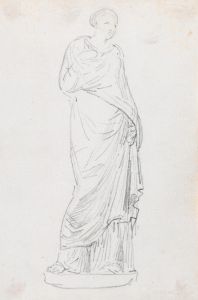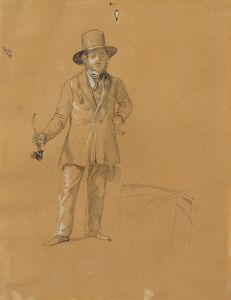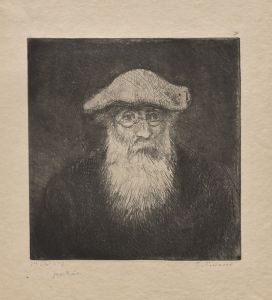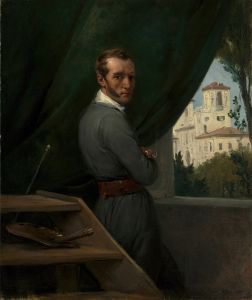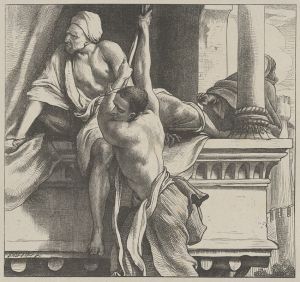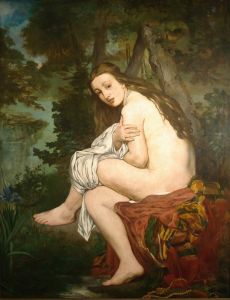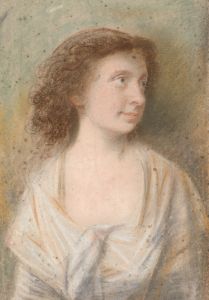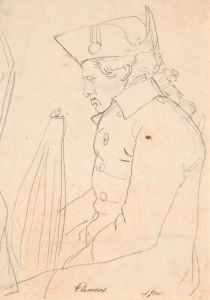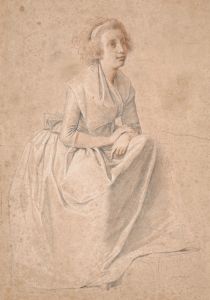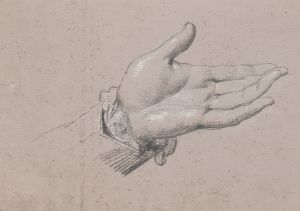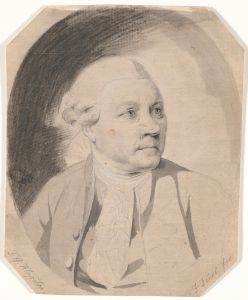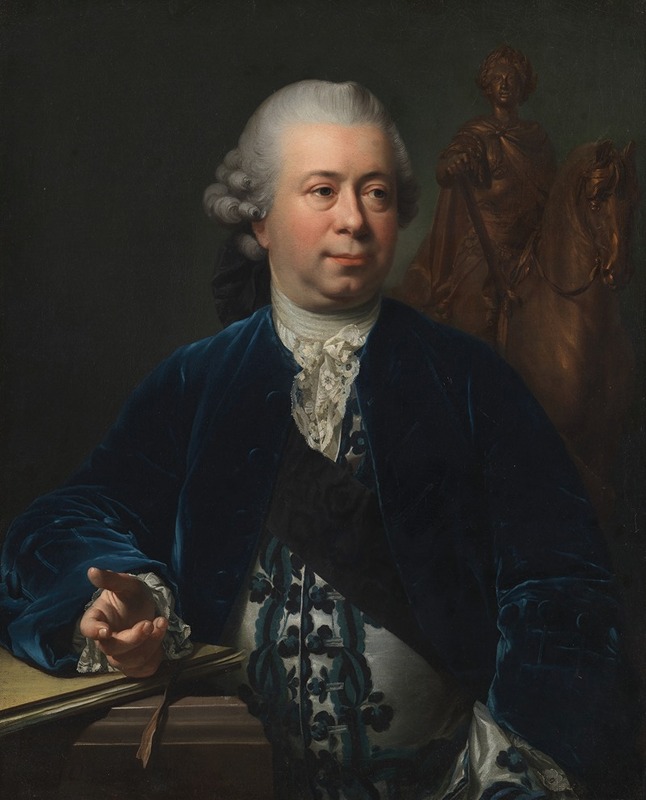
The Sculptor Jacques-François-Joseph Saly
A hand-painted replica of Jens Juel’s masterpiece The Sculptor Jacques-François-Joseph Saly, meticulously crafted by professional artists to capture the true essence of the original. Each piece is created with museum-quality canvas and rare mineral pigments, carefully painted by experienced artists with delicate brushstrokes and rich, layered colors to perfectly recreate the texture of the original artwork. Unlike machine-printed reproductions, this hand-painted version brings the painting to life, infused with the artist’s emotions and skill in every stroke. Whether for personal collection or home decoration, it instantly elevates the artistic atmosphere of any space.
"The Sculptor Jacques-François-Joseph Saly" is a portrait painted by Danish artist Jens Juel. The artwork depicts the French sculptor Jacques-François-Joseph Saly, who was a prominent figure in 18th-century European art. Saly is best known for his contributions to sculpture, particularly his equestrian statue of King Frederik V of Denmark, which stands in the courtyard of Amalienborg Palace in Copenhagen.
Jens Juel, the painter of this portrait, was a leading Danish portraitist of the late 18th century. Known for his refined and naturalistic style, Juel captured the likeness of many notable figures of his time. This particular portrait is believed to have been painted during Saly's time in Denmark, where he worked as the director of the Royal Danish Academy of Fine Arts from 1753 to 1774. The painting reflects Juel's skill in portraying his subjects with a sense of dignity and realism.
In the portrait, Saly is shown seated, dressed in formal attire, and holding a sculpting tool, which emphasizes his profession and artistic achievements. The composition and attention to detail highlight Juel's ability to convey the personality and status of his sitter. The painting serves as both a tribute to Saly's artistic legacy and an example of Juel's mastery in portraiture.
The exact date of the painting is not definitively recorded, but it is generally associated with the period when both artists were active in Denmark. The artwork is considered an important piece in the history of Danish art, as it represents the intersection of two significant figures in the European art world of the 18th century.
The painting is currently housed in the collection of the Statens Museum for Kunst (National Gallery of Denmark) in Copenhagen, where it remains an important part of the museum's holdings. It is appreciated not only for its artistic quality but also for its historical significance in documenting the relationship between two influential artists of their time.





